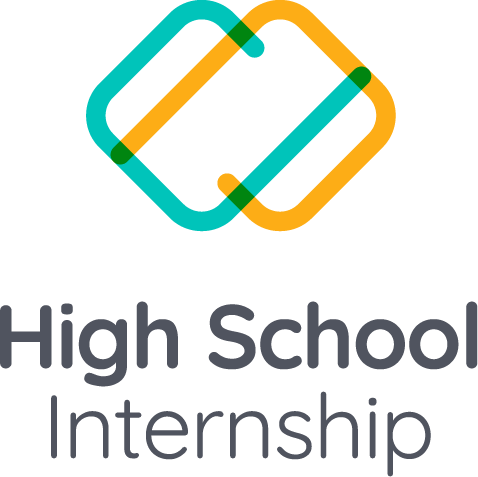Did you know that 79% of teachers that use BSD have no experience with coding or teaching technology? So we design our professional development programs specifically for these teachers to get technology into the classroom.
Exposure to technology isn’t confined to tech or computer science class. Don’t get us wrong, though. We LOVE these types of courses! But they are new technologies. This way, it’s more similar to the real world, where technology entwines into every part of our daily life.
We also believe that every teacher can teach students the basics of technology and coding, at the very least. So how does it work in practice? Based on our experience, here are five key takeaways from designing a professional development program that works.
It is on-going
Rather than a one-off workshop, we work with schools to embed regular professional development in teachers’ schedules throughout the term. Professional deev allows for spacing and creates opportunities for application, reflection, and improvement.
It is differentiated
Since 2013, we’ve worked with schools that range from private schools in Hong Kong to public schools in Philadelphia. We have a lot of experience working with teachers with different backgrounds, cultures, languages, and experiences. We tailor our professional development to make it relevant in context while still emphasizing the borders’ core skills.
It uses innovative technologies
Just like students, teachers want an opportunity to use the latest technologies and tools. We always aim to introduce the latest technologies to inspire teachers, while we build up their technical skills.
It focuses on the big skills
We know that technology will change, so in our professional development coaching, we also focus on the overarching computational and design thinking approaches we want students to learn and the core coding skills. This way, even as the underlying technology changes, the objectives and teaching techniques stay relevant. Our goal is for students to use an approach that includes inquiry, planning, teamwork, iteration, empathy, and design. We can figure out what technology is required to accomplish their goals within this context.
It builds a community of practice
We can’t teach everything in one (or even many) professional development sessions, so we actively build a community. We work with a small group of interested early adopters, focusing on training and nurturing them to develop their confidence. Professional development helps them become internal experts and champions that push each other to try new things. These teachers also act as informal mentors to new teachers that want to get involved.
We want classrooms to be forward-looking and exciting, so our teacher has to live up to the same bar. We are constantly pushing ourselves to do better and improve professional development at BSD.

